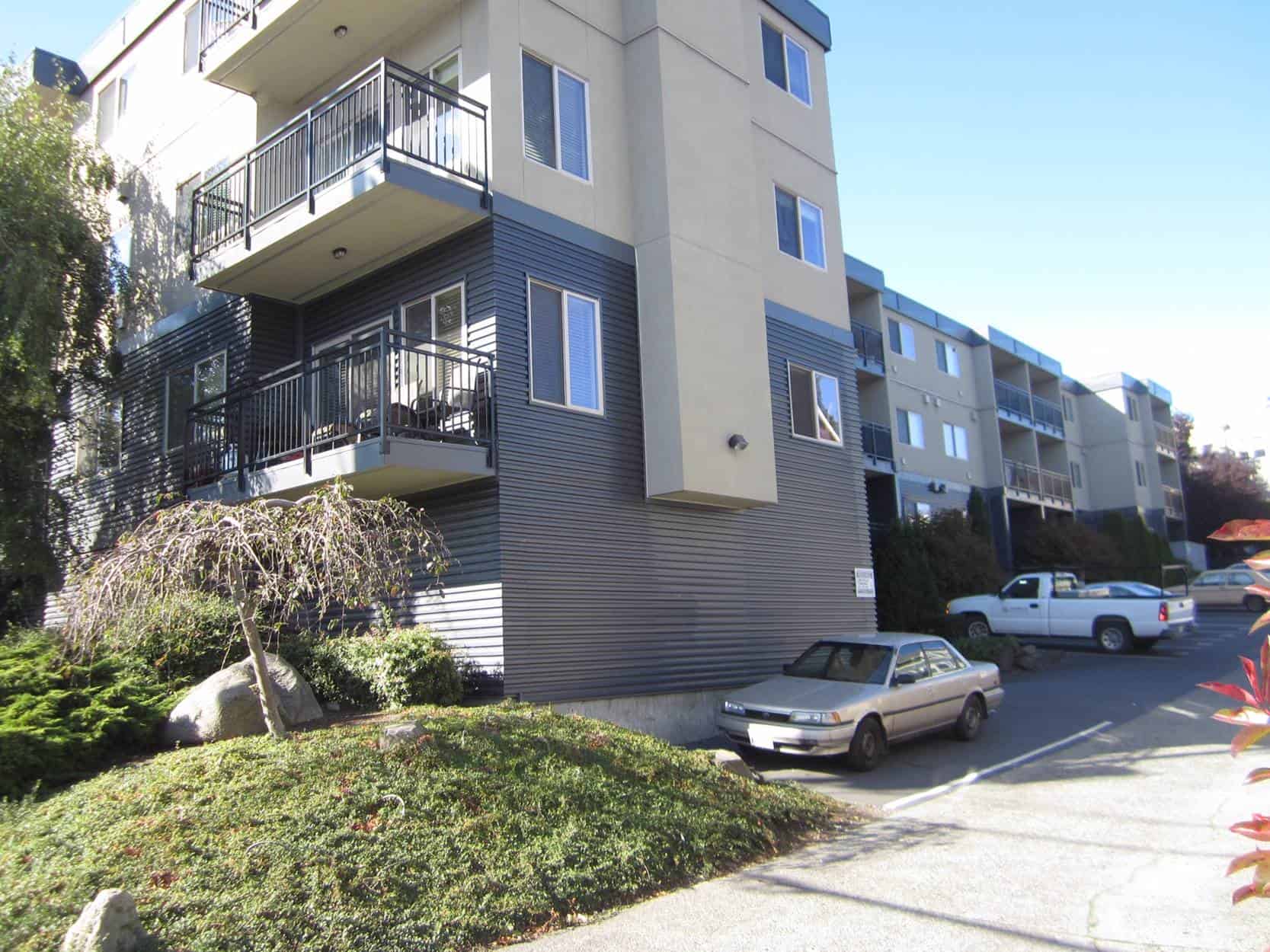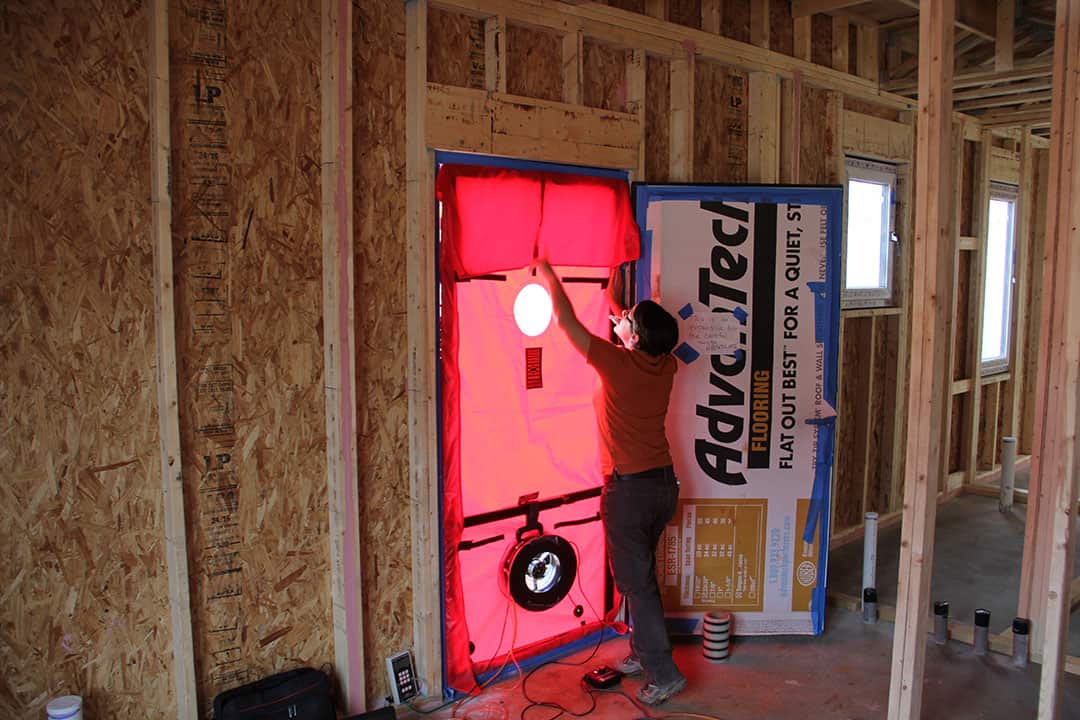FastFlash is the first fluid-applied flashing material to have its own ESR (Evaluation Report) from the International Code Council Evaluation Service (ICC-ES), an international third-party organization that conducts technical assessments of building materials.
A new Evaluation Report issued by ICC-ES as ESR-4363 recognizes R-Guard FastFlash as a flexible flashing material that has been independently tested and confirmed to meet code requirements for buildings.
An Evaluation Report provides assurance for code officials, designers, specifiers and consultants that a product is compliant with building code.
“Construction specifiers and other professionals in the business are seeking – in some cases, desperately – a signal that they can trust a building material’s code compliance,” said Dave Pennington, leader of PROSOCO’s building envelope product group. “An Evaluation Report from ICC-ES provides that peace of mind and assurance they need when vetting materials and specifying a product. Design professionals can be confident in code compliance by specifying FastFlash for their buildings.”
Qualifying for an Evaluation Report from ICC-ES can represent years of work for manufacturers, but it’s an undertaking that Pennington said he wishes more companies would consider because it would elevate accountability for all construction product claims.
“Transparency comes naturally to us because we truly believe in and stand behind the quality and performance of our products,” he said. “We welcome third-party testing and verification of our products by the ICC-ES because we want our customers to feel they can trust our products will perform as we say they will.”
“An ESR is a highly respected and sought-after designation in this business due to the assurance it provides and how it simplifies the building material selection process for our customers.”
Not only does an ESR indicate an initial evaluation and verification of product performance, it also means a product is subject to annual audits and retesting.
ESR-4363 validates FastFlash’s compliance with the 2018 International Building Code (IBC), the 2018 and 2015 International Residential Code (IRC), the California Residential Code and the Florida Building Code (including its High-Velocity Hurricane Zone provisions).
FastFlash also meets Classification Level 3 for elevated temperature exposure and application to damp concrete surfaces in accordance with the requirements of AAMA 714.
FastFlash’s ability to be applied to damp substrates, in rainy conditions and in temperatures below 40 degrees is one of its most popular and distinctive features, according to Pennington.
“When you look at any given geographic region’s rainy days combined with days below 40 degrees Fahrenheit, those days can make up anywhere from 30% to 100% of days in a month,” he said. “That equals significant job delays, lost revenues for project teams and frustrations all around.”
Because FastFlash can be applied to damp substrates, in rainy conditions and when surface and ambient temperatures are between 35-110 degrees F, it’s the best choice of fluid-applied air and water barriers you can make if you want to prevent those delays and headaches, he added.
FastFlash is also the only fluid-applied flashing on the market with 10 years of verified performance.
Download our existing Evaluation Report for our full Cat 5 air and water barrier system.
For more information, please contact your local PROSOCO representative.
![]()


